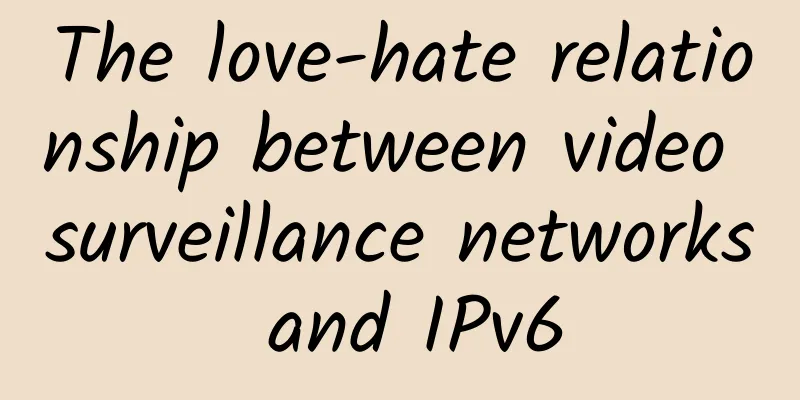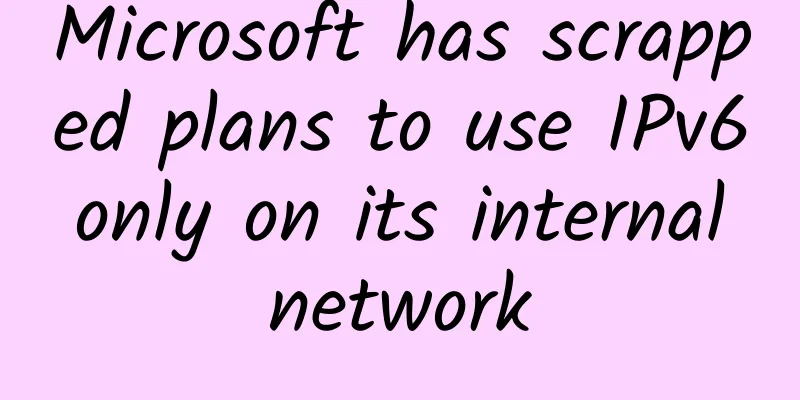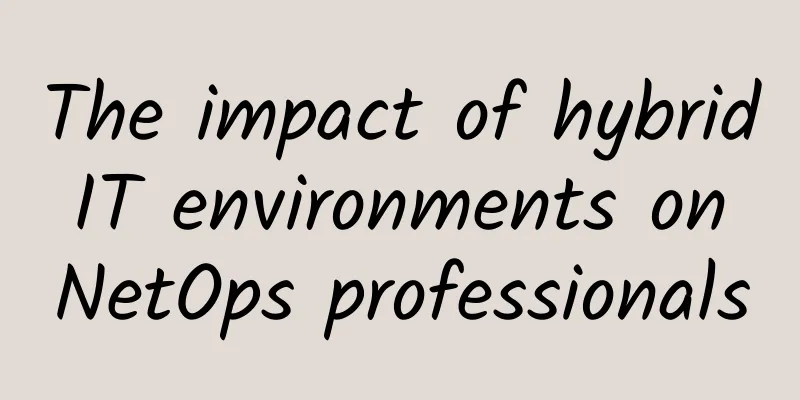5G and edge computing, how to choose?

|
With emerging trends like 5G and edge computing, technology experts will find that advice on which technologies they need changes rapidly with each major event. When it comes to IoT, 5G and edge computing offer tantalizing benefits, but experts warn against focusing on either technology without considering its context and longevity. “As always in IoT and in life, [you want] the right tool for the job,” said Joseph Biron, CTO of IoT at PTC. “The key is whether 5G versus Edge will further disrupt IoT.” Improvements in 5G mean that storing IoT data in the cloud can better meet the needs of organizations than with previous connectivity options. However, moving data closer to the edge also offers advantages for different applications. “There’s a slider that we can use to switch between the cloud and the edge,” Biron said. “The slider can never stay at either extreme.” To determine how much computing should remain at the edge and how much should leverage the cloud, IT pros must consider the pros and cons of each option for their application. “The question is how much compute do you put on a thing. Over the next 10 to 15 years, the assumption was that you would put very little compute on the device because [the data] was all in the cloud. Now, there is a trend to put compute at the edge,” said Frank Gillett, vice president and principal analyst at Forrester Research. Knowing When to Add 5G to Your IoT Deployment To connect devices, organizations must choose a connectivity option, which includes determining how much compute should be placed on edge devices. “We’re going to get a new generation of telecommunications connectivity, the kind that comes once every decade, and with 5G there are so many amazing improvements that it means the best option,” Gillett said. Although 5G has not yet been fully launched, we have already seen many commercial applications of 5G, such as efficient enterprise business connections, telemedicine, remote control, connected cars, safe cities, and more. 5G offers higher bandwidth, lower latency, and ultimately lower costs, meaning organizations may not necessarily need to put as much compute or storage at the edge. Connectivity will also use less energy for IoT devices, meaning batteries can last longer than on 4G LTE connections. If an organization chooses a network from a carrier, the carrier will also manage the network, which will reduce the workload for IT administrators. Enterprises may also choose different connections if they are something that is ubiquitous or expensive relative to cheaper connected devices, Gillett said. With cloud computing, organizations can increase bandwidth through 5G connections, eliminating the need to transform IoT deployment hardware and distributed software architecture for the edge. But the launch of 5G does not guarantee that the right bandwidth will be available where organizations need it. Carriers will offer three types of 5G network connections: long-range and low-band in rural areas, mid-band in urban areas, and millimeter wave or high-band where there are transmitters on every building. If IoT devices will be in an area with a high-bandwidth connection and a clear line of sight to the antenna, there's no point in worrying about edge computing or cloud computing because 5G shortcomings won't be an issue, Gillett said. “If you want to bet on a telecom connection first, you should go with a 5G connection,” Gillett said. “But you need to dig into your needs and context here to decide on 5G or edge. Still, for anyone, bet on 5G because it will be the standard for the next 10 years.” Before you commit to edge computing, understand current technology IoT devices are fundamentally distributed architectures. Organizations will need edge computing when operations personnel use local applications on smartphones or augmented reality displays and need immediate insight into the health of a machine, Biron said. Training machine learning models and scoring at the edge where data is created gives organizations an advantage in situations where they need real-time computing and reduced latency. But edge computing gives organizations a portion of IT that needs to be managed by operational technology experts where the edge devices reside, which can lead to IT/OT convergence challenges. The added complexity of a distributed architecture must be automated as much as possible to keep operations running smoothly, Biron said. “The value of edge is instant response without any latency or dependency on the network,” Gillett said. “It gives you more control.” “The cost is that you have to rewrite and rethink the software.” Another difficulty in implementing edge computing in IoT deployments is if organizations have to retrofit hardware and software to use cloud computing. It's not very practical to use software that runs in the cloud at the edge, he said. Consider durability and upgradeability Whether your IoT application requires prioritizing 5G connectivity or edge computing, experts recommend choosing hardware and software based on long-term planning. If businesses want their IoT devices to operate in the field for the next 10 years without having to retrofit them, investing in 5G and better wireless connectivity that meets their requirements will be a better choice, Gillett said. To gain an advantage, businesses must consider whether they are willing to invest more in hardware, even if the software still doesn't meet their needs. The sooner organizations look to implement and potentially replace equipment, the better off they will be, Biron said. For equipment that organizations will use for a longer period of time, they should plan more for future technologies, including 5G connectivity. Both approaches to handling data depend on the organization's environment and needs. Regardless of how long you use an IoT deployment, being able to upgrade security is critical. This means both buying too much hardware to extend its useful life, but also making IoT hardware kit modular, as organizations need to be able to swap it out for long-term assets. “A common principle in the design of smart connected products, from the wireless to the hardware to the software stack, is planning for decades,” Biron said. “You need to plan for the expected lifespan of the product.” |
<<: What kind of report card have we submitted one year after 5G licensing?
Recommend
What does the increasingly popular 5G public network dedicated service mean?
[[426454]] This article is reprinted from the WeC...
Learn how to use IPv6 to surf the Internet in five minutes
1. Introduction to IPv6 As the technical foundati...
How to test your network with PerfSONAR?
[51CTO.com quick translation] PerfSONAR (https://...
Ruijie helps Sichuan Light Industry and Chemical Industry build an Ethernet all-optical campus network to accelerate the development of new education infrastructure
When it comes to smart campus construction and ed...
Easy-to-understand illustrations of online interview knowledge - Part 1
Regarding network knowledge, I mainly talk about ...
China has built more than 790,000 5G base stations, with 260 million terminal connections
[[394253]] Officials from China's Ministry of...
Are there many pitfalls when porting your number? These users can't even do it
In the week since the black hole photo was releas...
VULTR Launches Free VPS Plan
VULTR released information about the launch of a ...
Research: Global operators' 5G revenue will reach US$400 billion in 2024, a year-on-year increase of 32%
According to a recent study conducted by research...
Digital currency: Don’t be fooled by the “blockchain” cover
Since the beginning of this year, the digital cur...
From wireless development to carrying all things connected, Ruijie is ambitious and capable
[Original article from 51CTO.com] "The Inter...
Talking about my cold thoughts on SD-WAN on the crater
SDWAN will be the most valuable investment outlet...
Ruijie's "Pioneer Wireless Office" settled in the Fortune 500 Kangmei Pharmaceutical and solved Wi-Fi problems in depth
Today, deploying Wi-Fi has become an important pa...









